Refund Guaranteed
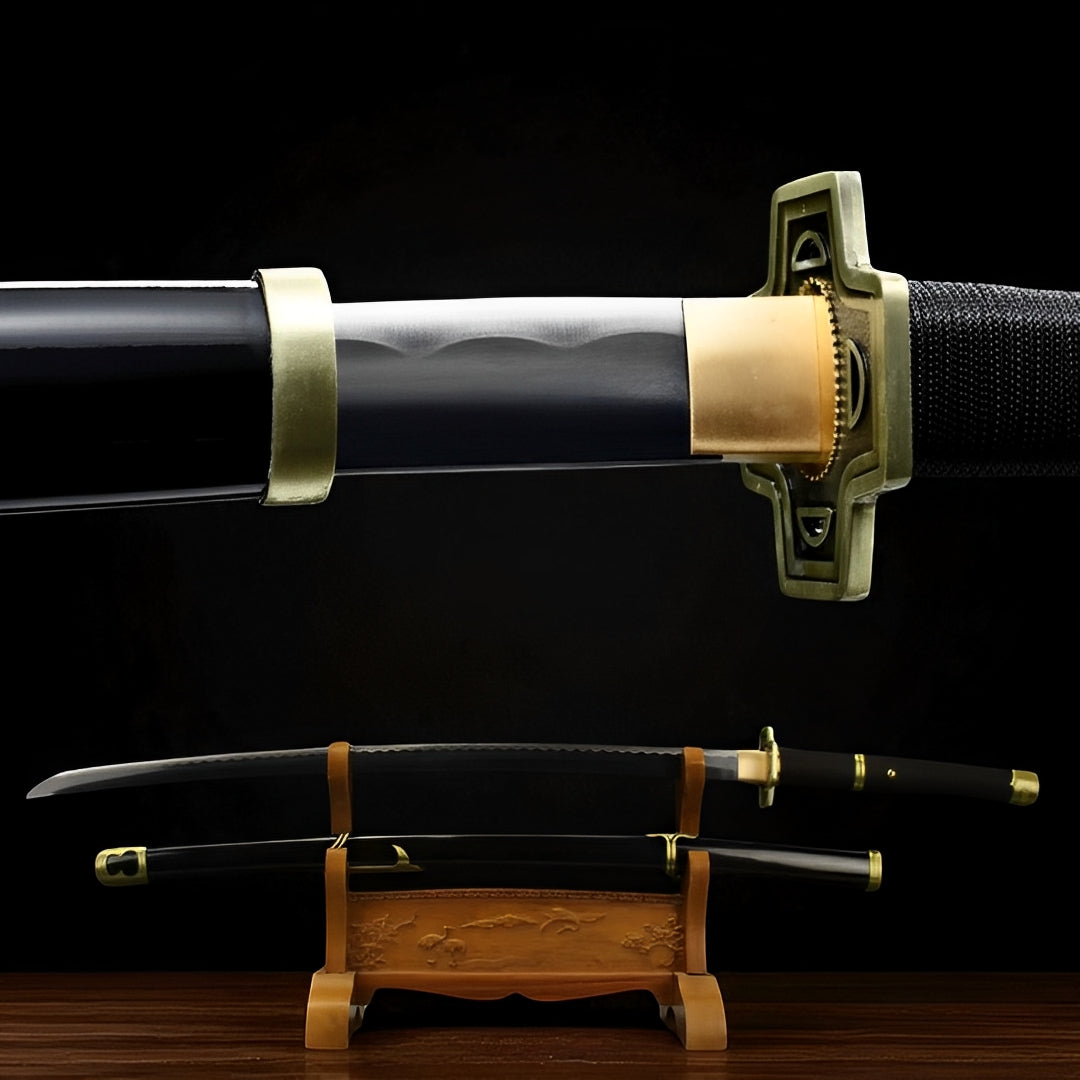
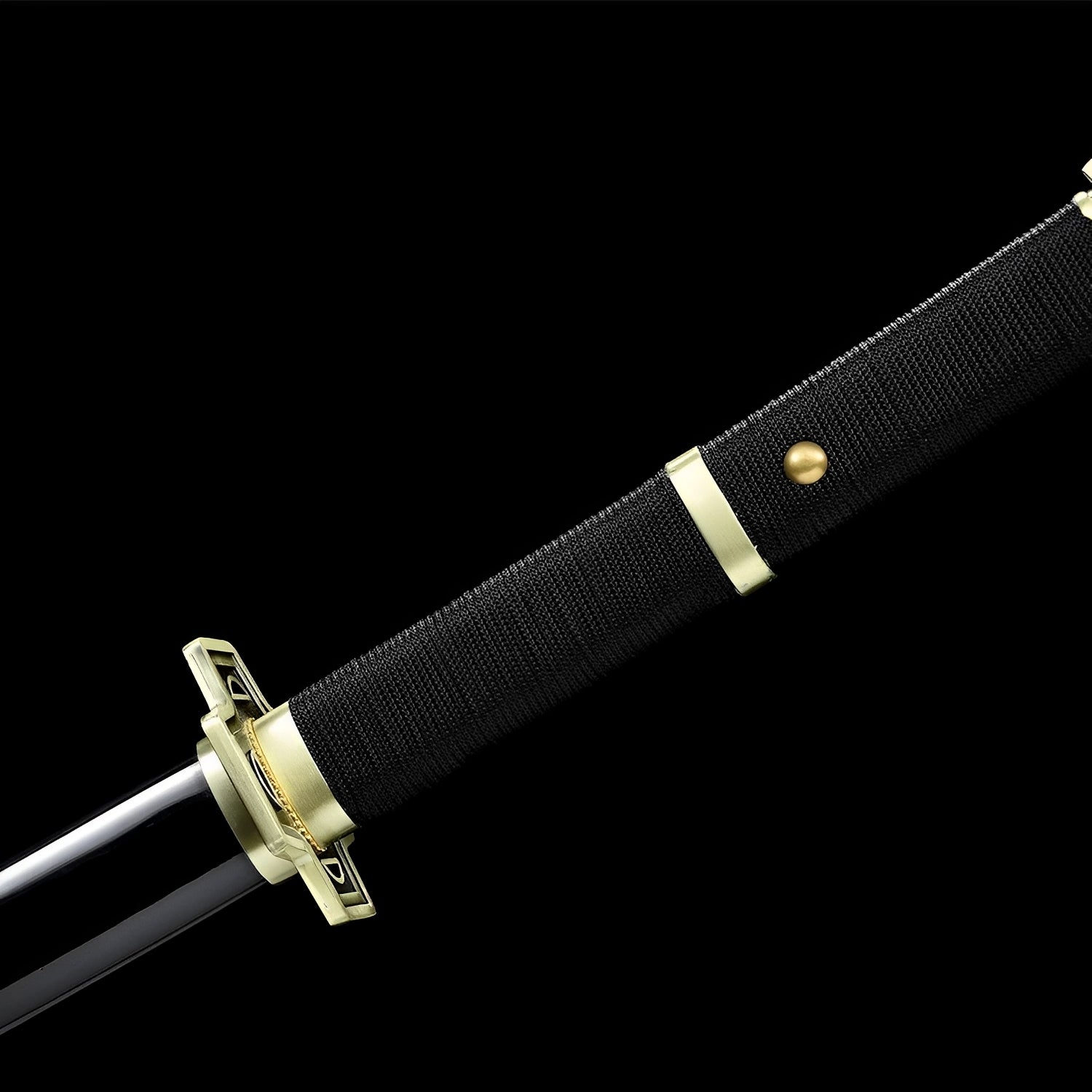
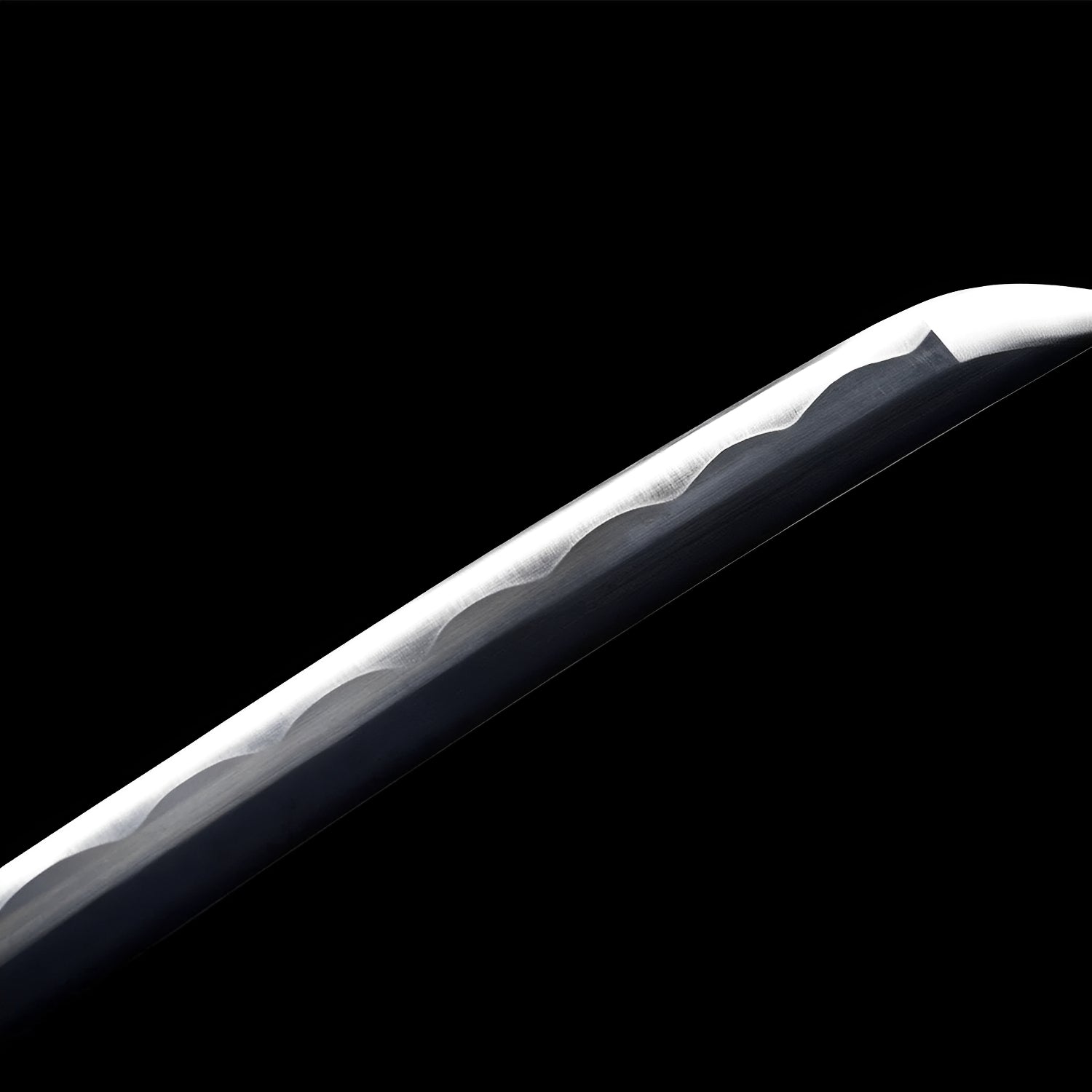
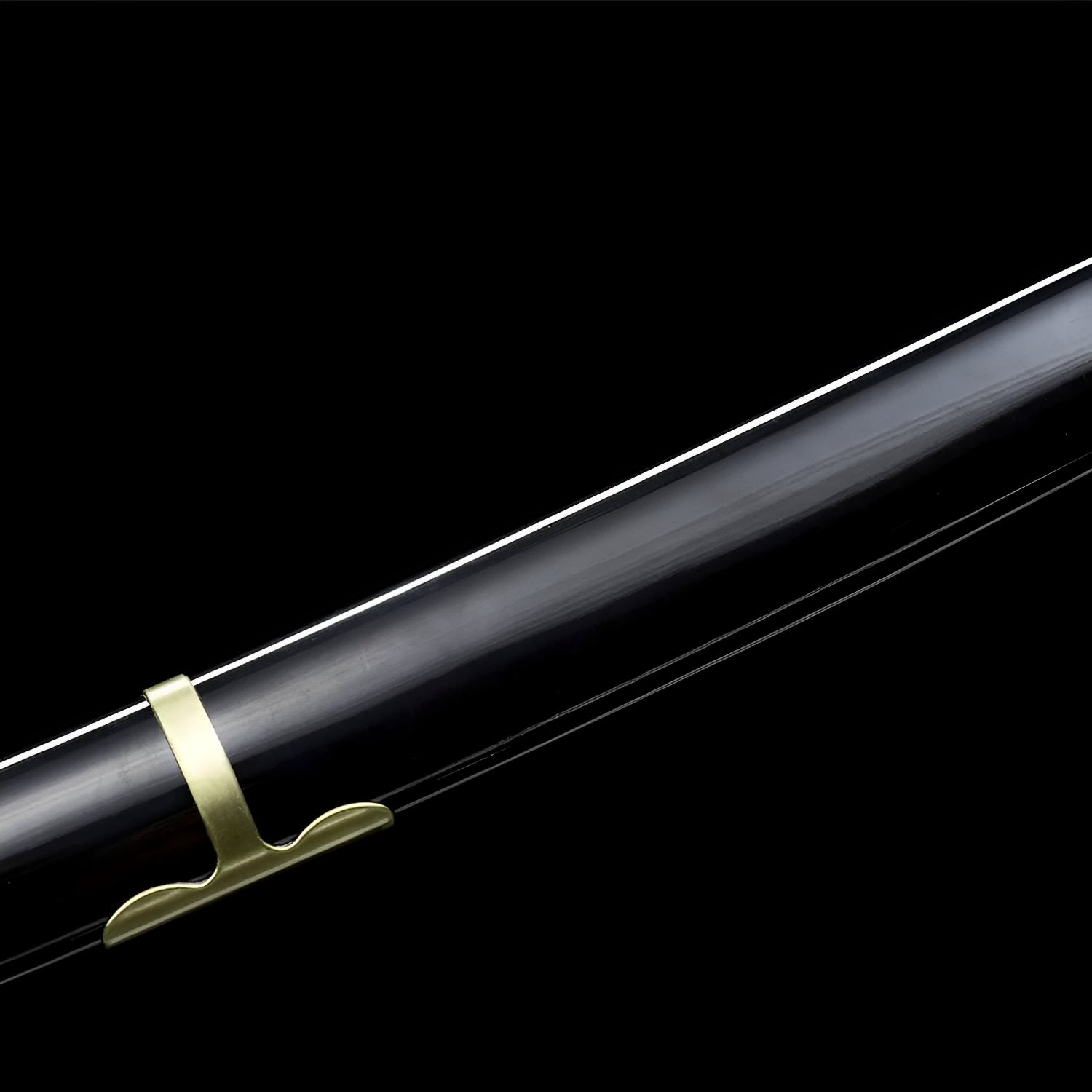
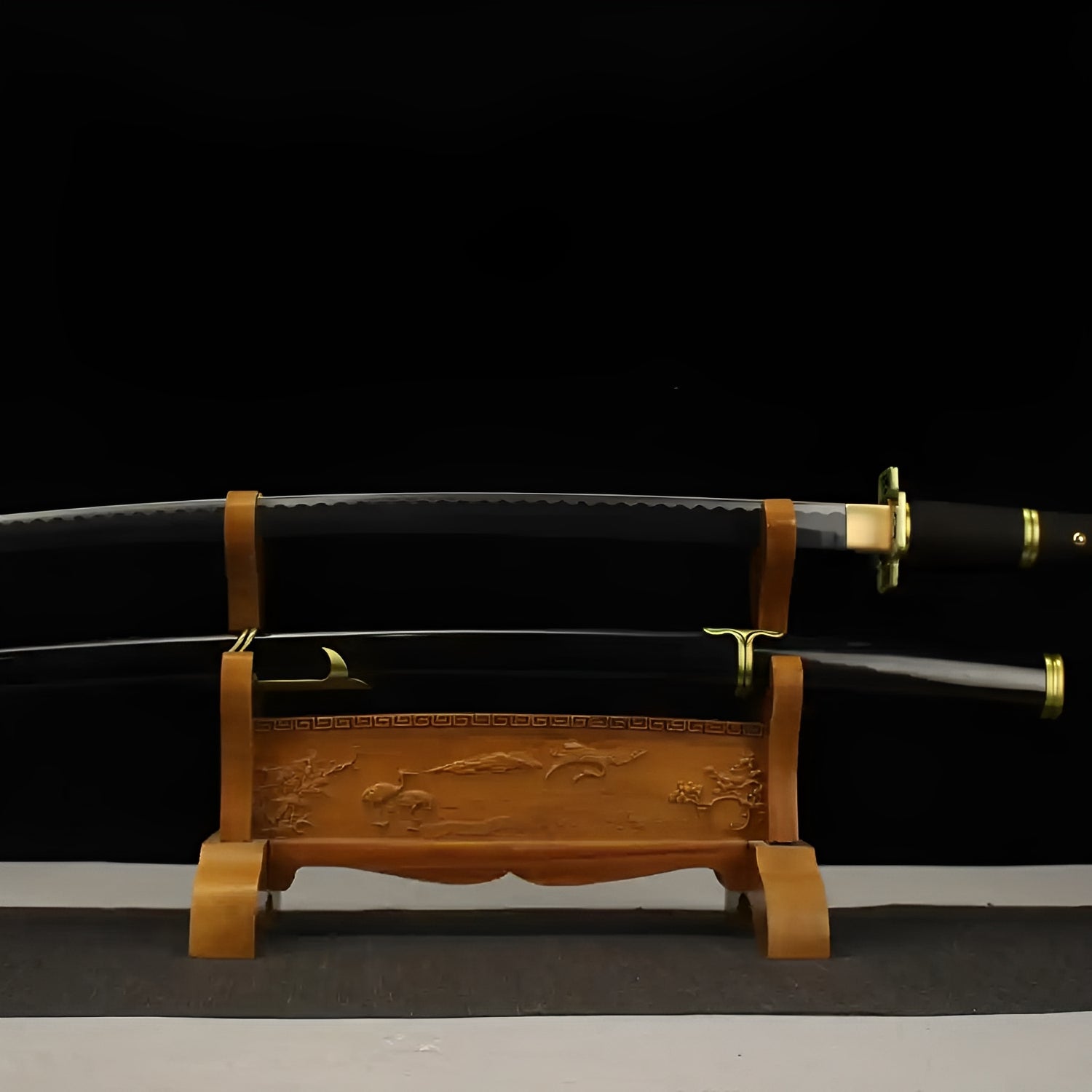
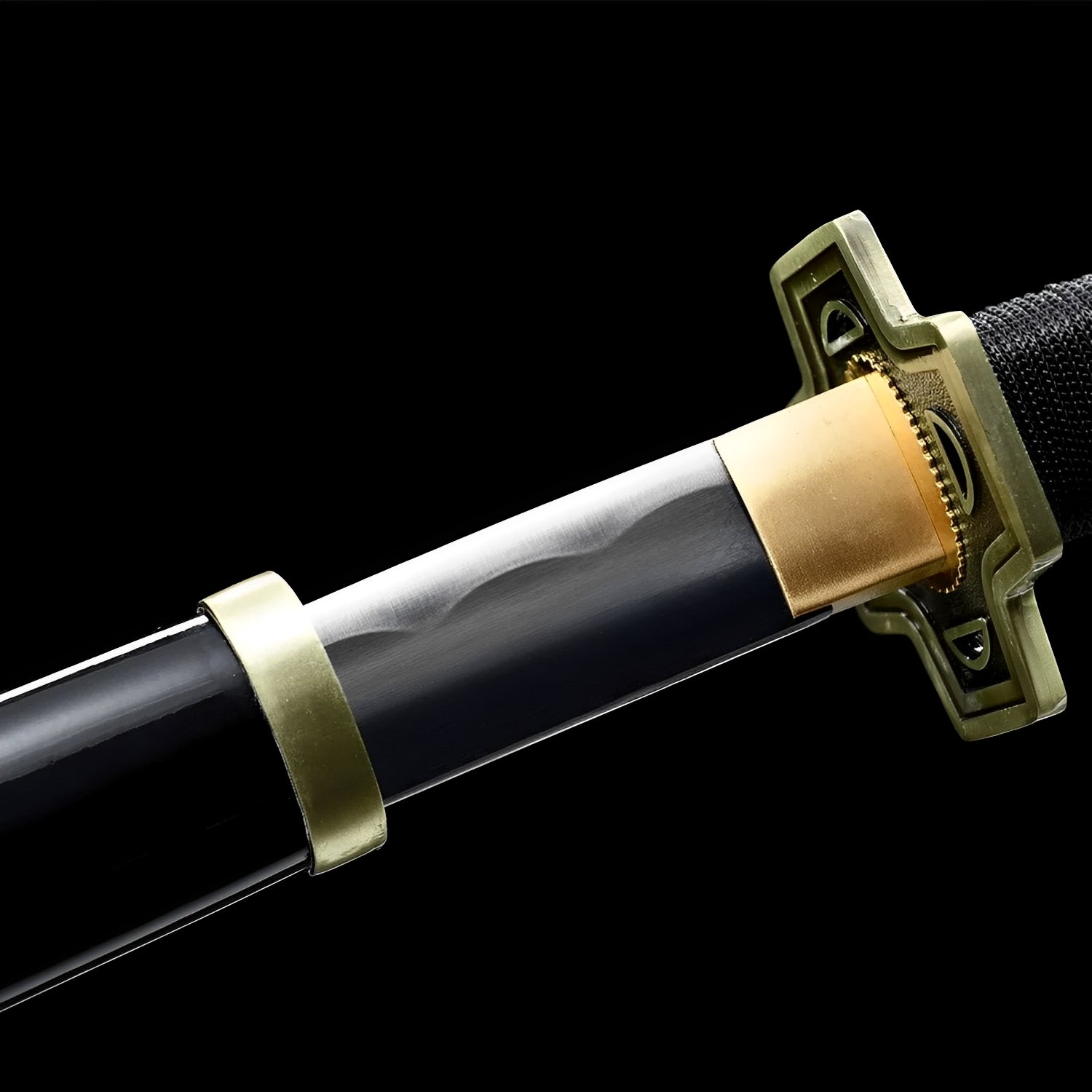
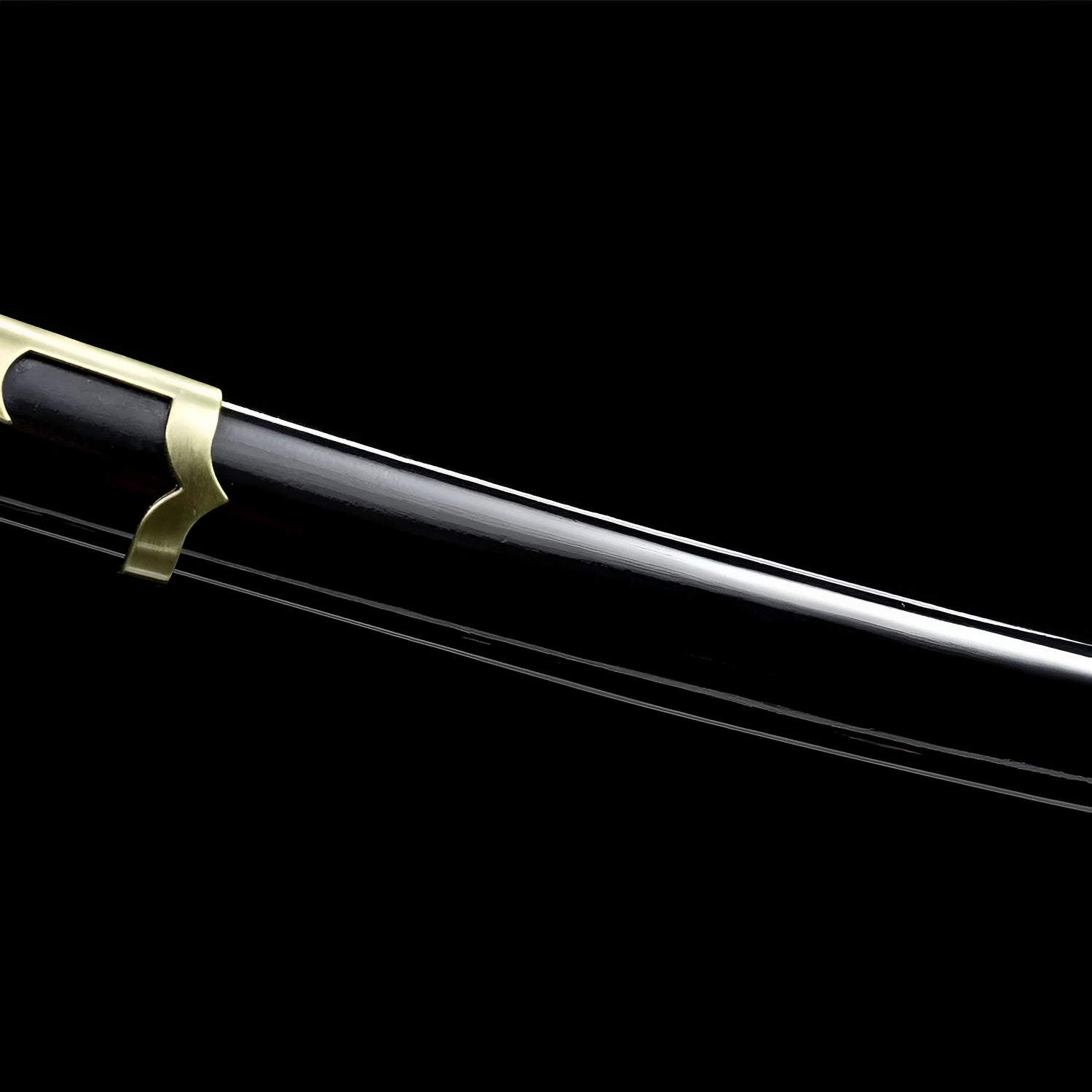
Why choose us
Ships within 48/72h
Forged Blade
Collector Quality
Trusted Globally
Inspired by Japan
Yubashiri Katana (One piece) - ユバシリ
Popular upgrades
Free Shipping over $250
No Bots, No AI
Refund Guaranteed
Free Shipping over $250
No Bots, No AI
Our team is here to help with any questions or concerns.
We’re always happy to assist you — don’t hesitate to reach out.
Why choose us
Ships within 48/72h
Forged Blade
Collector Quality
Trusted Globally
Inspired by Japan

Yubashiri Katana (One piece) - ユバシリ
Specifications
- Handmade
- SHARP
- Blade: 1060 Carbon Steel
- SAGEO & ITO in Cotton
- Synthetic Rayskin
- Full Tang
- Iron Tsuba
- Total size: 105cm / 41 (in)
- Blade size: 72cm / 28 (in)
- Blade width: 3,2cm / 1.2 (in)
- Blade thickness: 0,7cm / 0.27 (in)
- Handle size: 30cm / 11.8 (in)
Yubashiri Katana - Passing Snow's Tragic Grace
Mourn beauty lost with Yubashiri, the blade that taught Zoro even great swords die. This melancholic One Piece sword carries weight beyond steel - elegant black-and-gold aesthetic suggesting understated quality over flashy excess, the name meaning "Passing Snow" evoking cherry blossoms' brief perfection, a Wazamono grade treasure gifted freely then sacrificed saving Robin, its destruction at Enies Lobby proving some prices worth paying. Not weapon of eternal legends but reminder that excellence doesn't guarantee survival, asking whether brief brilliance beats mediocre longevity.
The Sword That Died for Nakama
Yubashiri's story breaks typical shonen patterns where protagonist's equipment upgrades perpetually, losses temporary, damage repaired. When Marine Captain Shu's rust powers disintegrated Yubashiri during Enies Lobby arc, the blade didn't just break - it died, crumbling to worthless fragments, irreplaceable despite being Wazamono grade (top 50 swords worldwide). This mortal blade taught that even treasures perish, that protecting nakama sometimes costs irreplaceable things.
Zoro's response elevated the moment beyond typical equipment loss. He held funeral for Yubashiri, laying the rusted fragments to rest with Buddhist prayers, acknowledging the sword as fallen comrade rather than broken tool. That rare emotional vulnerability from Zoro - who typically projects invincible confidence - demonstrated growth from swordsman viewing blades as interchangeable weapons to warrior understanding each sword carries unique spirit deserving respect.
The name Yubashiri (雪走 - Passing Snow or Snow Run) becomes prophetic. Snow melts quickly despite its beauty; cherry blossoms scatter at peak perfection; excellent things often prove most fragile. The ephemeral weapon embodied that mono no aware (物の哀れ) - the bittersweetness of transient beauty, finding deeper appreciation knowing nothing lasts forever.
Unlike Wado Ichimonji which Zoro vows keeping until death, or Enma which tests but doesn't break, Yubashiri served its purpose then departed. That acceptance of loss, that understanding that some sacrifices can't be undone, marks emotional maturity rare in battle shonen where death rarely sticks and losses reverse conveniently.
Collectors owning Yubashiri replicas honor that sacrifice, preserving memory of the sword that died so Robin could live, that crumbled to rust so Straw Hats could escape Enies Lobby, that taught Zoro the hardest lesson: loving something means accepting you might lose it.
Gifted Excellence
What made Yubashiri's loss more poignant: Zoro didn't earn it through combat or inheritance - it was gift. Ipponmatsu, the weapon shop owner in Loguetown, recognized Zoro's quality as swordsman and freely gave both Yubashiri and Sandai Kitetsu despite their significant value. That generosity from stranger who asked nothing in return demonstrated One Piece's theme about kindness creating bonds transcending transaction.
The freely given blade represented faith - Ipponmatsu believing Zoro would wield Wazamono-grade sword worthily, that investment in stranger would prove justified. Zoro honored that trust by treating Yubashiri with respect befitting its quality, maintaining it properly, wielding it skillfully, ultimately sacrificing it for cause Ipponmatsu would've approved: protecting precious person.
Traditional sword acquisition follows patterns - inheritance from family, purchase with earned money, winning through combat, receiving as lord's reward. Yubashiri broke those patterns, given freely because giver saw potential deserving cultivation. That unconventional origin made the blade special beyond its Wazamono grade, proving sometimes best treasures come from unexpected generosity rather than expected channels.
The loss also meant Zoro couldn't return honoring the gift properly. Unlike borrowed items returned to owners, gifts given become yours to keep or lose. Zoro lost Ipponmatsu's generous gift, carrying that failure even while accepting the sacrifice's necessity. That complexity - gratitude for gift, grief at loss, acceptance that both were necessary - demonstrates emotional sophistication elevating One Piece beyond simple adventure story.
Black and Gold Restraint
The predominantly black saya with strategic golden accents creates aesthetic matching Yubashiri's nature: quality without ostentation, excellence without excess. This understated excellence blade refuses loud colors announcing itself obnoxiously, instead letting those who understand quality recognize craftsmanship through subtle details.
The black specifically suggests the blade's role as Zoro's "ordinary" sword between Wado's emotional significance and Sandai Kitetsu's cursed chaos. Yubashiri was reliable performer, the sword you didn't worry about, the steady companion you took for granted until losing it taught you what you had. That humble service deserves recognition even if flashier blades steal spotlight.
Golden brass fittings provide warmth preventing black from becoming oppressive, the metallic accents suggesting Wazamono grade quality manifest through material choices rather than garish decoration. Traditional high-grade swords featured expensive metals, not because ostentation but because best materials produced best results. The quality materials blade gold reflects that practical luxury.
The rectangular tsuba breaks from circular tradition, its geometric boldness creating memorable silhouette while maintaining functional simplicity. Unlike elaborate guards requiring hours describing, Yubashiri's fittings serve without demanding excessive attention - appropriate for sword whose excellence lived in performance rather than appearance.
Modern collectors appreciate this restrained palette. The black-and-gold works universally - sophisticated enough for adult collections, recognizable enough for One Piece fans, elegant enough justifying display in spaces where anime merchandise typically doesn't belong.
Passing Snow Philosophy
The name Yubashiri carries layers of meaning worth unpacking. 雪走 combines "snow" (yuki) and "run/pass" (hashiru), suggesting snow passing quickly, fleeting beauty, the transient nature of winter's elegance. This philosophical blade name becomes meditation on impermanence long before the sword's destruction made that meaning literal.
Japanese aesthetics celebrate transience - cherry blossoms precisely because they fall, autumn leaves because they change, snow because it melts. Permanent things lack urgency; knowing something won't last makes appreciating it now essential. Yubashiri embodied that philosophy, its eventual destruction fulfilling rather than betraying its name's promise.
The Buddhist concept of anicca (impermanence) teaches that attachment to permanence causes suffering. Zoro's funeral for Yubashiri demonstrated understanding that lesson - he honored the blade, mourned its loss, then continued forward without dwelling counterproductively. The sword taught him about letting go gracefully, about accepting that some losses can't be prevented or reversed.
Collectors displaying memorial blade replicas participate in that philosophy. Every physical object will eventually decay, break, or disappear. Owning Yubashiri replica means accepting that even this representation won't last forever, that preservation requires active care, that nothing escapes time's erosion. That mindfulness transforms collecting from mere acquisition into conscious stewardship.
Essential Loss Collection
For Zoro sword collectors building comprehensive arsenals, Yubashiri represents essential piece despite (because of?) its tragic fate. Not every sword survives every story; Yubashiri's destruction reminds that fictional weapons face stakes matching their wielders, that Oda isn't afraid permanent consequences even for beloved character's equipment.
The black-gold aesthetic photographs beautifully, working well in displays mixing Zoro's various blades. Position it between Wado (his first) and Shusui (its replacement) showing progression: the promise blade, the lost blade, the black blade earned through that loss. That narrative arrangement transforms static display into story told through steel.
Cosplay applications suit collectors portraying Zoro during specific arc windows - post-Loguetown through Enies Lobby, the period when he wielded Yubashiri before its destruction. That specificity appeals to detail-oriented cosplayers wanting historical accuracy rather than generic "Zoro with swords" portrayals.
Investment value favors pieces with emotional resonance beyond power scaling. While Enma gets attention as Zoro's powerup and Wado matters as promise to Kuina, Yubashiri resonates as the sword that taught him loss. That emotional weight creates lasting appeal among fans who followed his journey through that painful lesson.
The sacrifice blade particularly appeals to collectors understanding that greatest stories involve loss, that growth requires pain, that becoming stronger sometimes means bearing scars from what you couldn't protect. Yubashiri represents that painful growth, the sword that died so Zoro could learn what he'd eventually become.
Care Instructions: Handle this replica with awareness that every Yubashiri you see now exists only because original perished - this is memory made tangible, not resurrection of what was lost. Maintain black finish with diligence matching care Zoro gave original. Polish golden fittings remembering they represent quality gift freely given. Display where it reminds you that excellence doesn't guarantee survival, that sometimes protecting what matters costs irreplaceable things, that brief perfection beats eternal mediocrity, that knowing something won't last makes appreciating it now the only sensible response.
Snow falls, snow melts, snow passes. We honor what was by remembering rather than resurrecting.
Legal Disclaimer
By purchasing from Katana Corp, you acknowledge and agree that:
- You are at least 18 years of age (or the age of majority in your jurisdiction).
- You are solely responsible for verifying and complying with all local laws and import regulations before placing an order.
- Some countries prohibit the importation of swords entirely. Katana Corp is not responsible for orders delayed, seized, or refused by customs authorities.
- All katanas and related products are sold strictly as decorative and display items. They are not intended or certified for combat use.
- Depending on the jurisdiction, swords may legally be considered bladed weapons, subject to specific restrictions or prohibitions.
- Katana Corp disclaims all liability for any injury, damage, or legal consequences resulting from misuse, abuse, or unlawful use of its products.
For full details, please refer to our Terms of Service.
Care & Maintenance
To maintain your katana's appearance and performance over time, we recommend:
- Regularly wiping the blade with a soft cloth to remove fingerprints and moisture.
- Applying a light coat of choji oil to prevent rust (for carbon steel blades).
- Storing the sword in a dry place, preferably inside its saya.
- Avoiding direct contact with hard surfaces to preserve sharpness and finish.
For more care tips, check our full maintenance guide in the FAQ section.
Behind the Blade
Every katana we offer carries the essence of centuries-old craftsmanship.
More than just a weapon, the katana symbolizes discipline, honor, and mastery.
Our artisans draw inspiration from traditional forging methods to ensure each blade reflects the spirit of the samurai — strength, precision, and soul.
Owning one is not just about aesthetics — it’s about carrying a piece of that legacy.
User Experience
This katana is designed to offer a perfect balance between blade and handle.
Its ergonomic tsuka (handle) allows a secure two-handed grip, while the weight distribution ensures smooth, fluid movement.
Whether for training, display or cutting practice, handling feels natural and precise.
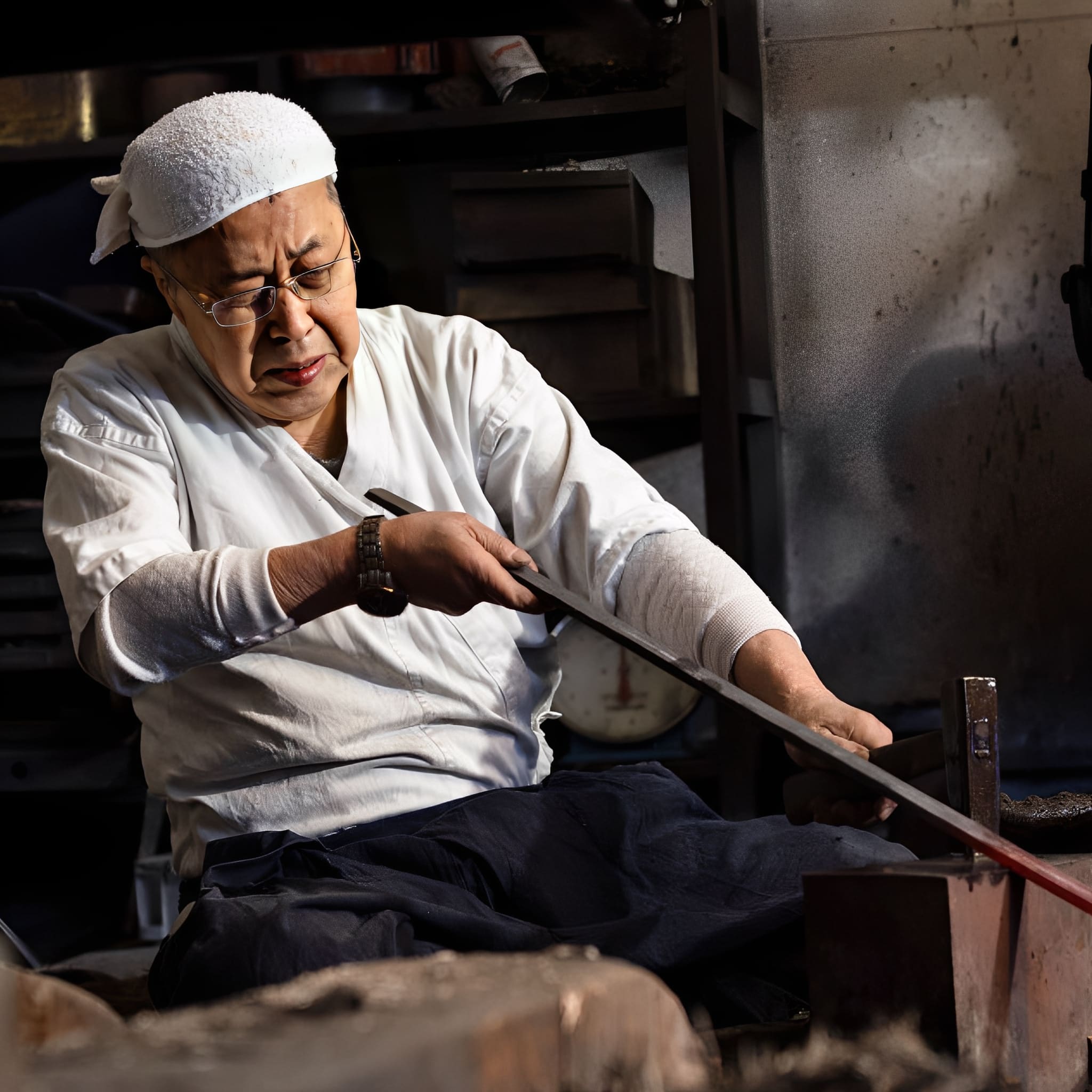
The Art of Traditional Forging
Each katana we craft is born from centuries of samurai tradition.
Our master smiths shape every blade by hand, folding the steel to achieve unmatched strength, flexibility, and beauty.
This time-honored process is not just about creating a weapon? it’s about preserving a legacy of discipline, honor, and artistry.

Materials Chosen Without Compromise
We select only the highest-grade steels and authentic fittings to ensure every katana is both a masterpiece and a reliable companion.
From the flawless hamon line to the perfectly balanced tang, each detail is carefully inspected to meet the highest standards of performance and aesthetics.
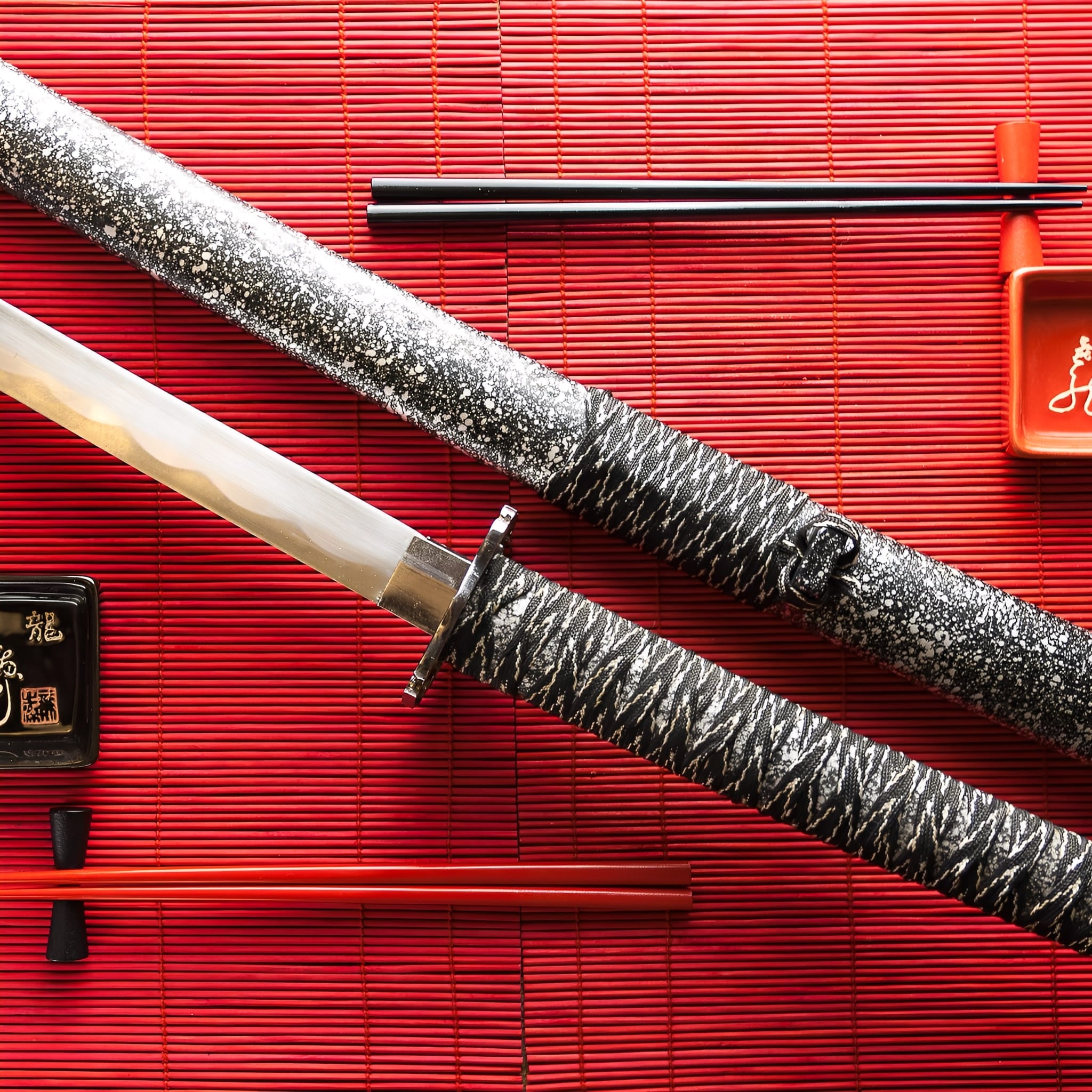
More Than a Sword, A Lifelong Legacy
Owning a handmade katana is an experience that goes beyond the blade itself. It’s holding history, tradition, and craftsmanship in your hands.
Whether displayed as a work of art or wielded with precision, your katana will stand as a symbol of timeless skill and dedication for generations to come.
-
Key Destinations
United States: 5–7 days
Canada: 5–7 days
Australia: 6–9 days
Denmark: 4–6 days
Netherlands: 3–5 days
Sweden: 4–6 days
Switzerland: 3–5 days
Finland: 5–7 days
Singapore: 6–8 days -
Central European Partners
France: 2–3 days
Germany: 3–5 days
Spain: 4–6 days
Italy: 4–6 days
Belgium: 3–5 days
Austria: 4–6 days
Ireland: 4–6 days
Poland: 4–6 days
Portugal: 4–6 days -
Extended EU Network
Czechia: 4–6 days
Hungary: 4–6 days
Slovakia: 4–6 days
Slovenia: 5–7 days
Romania: 5–7 days
Bulgaria: 5–7 days
Croatia: 5–7 days
Serbia: 5–7 days
Estonia: 5–7 days
Latvia: 5–7 days
Lithuania: 5–7 days
Luxembourg: 3–5 days
Greece: 5–8 days -
FAQ’s
Visit our FAQs page to find answers to common questions.